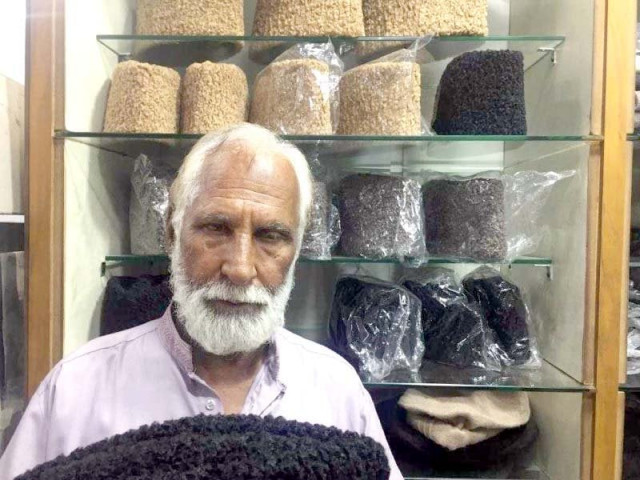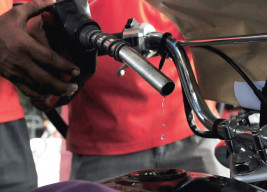
Being part of Quaid-i-Azam’s signature style, the Jinnah cap was very popular across Pakistan for many years. Recently, however, the cap is losing its charm because of a surge in its cost as well as the decreasing number of cap-makers.
Multan's hat-maker sends special Jinnah cap to Imran Khan
The cap is made up of the fur of the Qaraqul or Karakul breed of sheep which is found in the desert areas of Central Asia. The sheep have been named in connection to the city of Qorako‘l, a town in the Bukhara Region of Uzbekistan. Later, the cap became popular in Mazar Sharif, a city in Afghanistan, after which Uzbek craftsmen also brought the business to Pakistan.
The type of wool from which these caps are made is popularly known as astar, astarkhan, broadtail, qaraqulcha and Irani menda. The literal meaning of Karakul, which is a Turkish word, is black wool.
In terms of design, the cap is peaked and has several parts. It folds flat when taken off the head. The cap has been particularly popular among the Muslim population of Central and South Asia, however, there is no religious significance attached to it.
The fur is obtained from a newly-born sheep, which gives the cap its tough and curly texture as well as a specific pattern.
Speaking to The Express Tribune, craftsman Sheikh Muhammad Rafiq said that he has been in the business for the past five decades.
“My maternal uncle, Sheikh Rehmatullah, prepared Karakul caps for the Quaid-i-Azam Muhammad Ali Jinnah,” he said with a sense of pride. “I learned the art of making the cap from my father Sheikh Muhammad Hussain at the age of 12.”
Muhammad Rafiq shared that his family hails from Peshawar’s ancient Qissa Khwani Bazaar. The craftsmen who work at the bazaar acquired the cap-making skills from Afghanistan. After a few people from his family shifted to Karachi and Rawalpindi, the cap also became popular in those cities. Currently, Rafiq runs the Karakul Cap House situated on Kashmir Road in Rawalpindi.
“It is not merely a family business for me, but I love my work because of its uniqueness and its historical significance.”
Recalling the past, the skilled craftsman said that there was a time when everyone used to wear the Jinnah cap. People would buy the cap on different occasions like Eid, and even bridegrooms used to wear the cap on their weddings.
“Nowadays, however, only a few people wear the cap and the trend is slowly dying,” he lamented.
Apart from running his shop, Rafiq has also prepared Jinnah caps for the former President of Pakistan Ayub Khan, his son former federal minister Gohar Ayub, Syed Ghaus Ali Shah, George Sikandar Zaman of Khanpur and the former Prime Minister of Azad Kashmir Abdul Qayyum.
Jinnah as a fashion icon
“The caps are generally expensive because the fur used in the making of the cap is imported from Afghanistan. Besides that, it takes a lot of hard work and skill to sew the cap to perfection and finesse.”
According to Rafiq, a high-quality Karakul cap is prepared at the expense of Rs20,000, adding that it takes nearly two to three months to make a single Jinnah cap.
“There is a historical and cultural element attached to the cap and since it is completely going out of fashion, government institutions for handicrafts should safe the cap from going extinct and impart the skill of making Jinnah cap to younger generations,” he said.
Published in The Express Tribune, October 9th, 2019.


















COMMENTS
Comments are moderated and generally will be posted if they are on-topic and not abusive.
For more information, please see our Comments FAQ